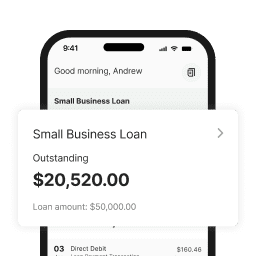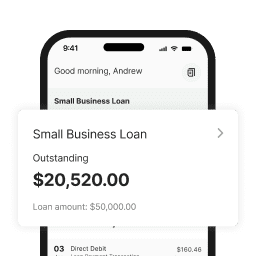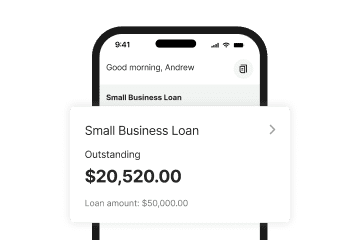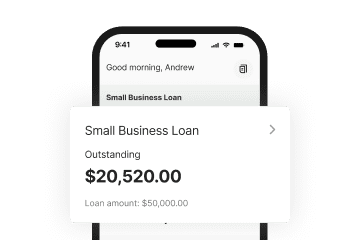Many small businesses have come roaring out of the gates post-lockdown and enjoyed a holiday season surge in sales. But the impact of lockdown is not yet over and many small business owners are looking for ways to help them recover financially from those lost months and prepare their businesses for success in the new year.
In doing so, it can be tempting as a small business owner to focus on the more fun parts of a business – especially after coming out of a challenging period. Marketing and graphic design, networking and website upgrades, for example, can all feel like quick ways to give a business a fresh lease on life.
And while these are an important part of the formula, the challenge is to stay on top of financial commitments and limits so those ‘fun’ investments can help build resilience and success for the new year, but not at the expense of a robust cash flow.
Cash flow: stop talking and start forecasting
So where to start? Greg Mawer, Director of Accumulate says “information is power” and suggests that building a cash flow model is a good way to gather that information.
“A lot of small business owners talk about cash flow but what they really need to do is sit down and create a way to monitor their cash flow,” Greg says, drawing a distinction between gaining a point-in-time understanding of cash flow and speaking about that, and building a system that provides an ongoing and clear understanding.
What’s the value of that ongoing and clear understanding of cash flow? “It’s the best way to predict what’s going to happen in the future,” Greg says. “It’s never perfect, but usually accurate.”
For smaller businesses, this can be as straightforward as spending an hour with an accountant to draw up a cash-flow model or using accounting software that helps business owners learn do it themselves.
“Then you can analyse what the costs and returns of any particular investment would have on your cash flow and figure out which one will get you the most bang for your buck,” explains Greg. “If you’re wanting to see the likely impacts of investing in, say, a new staff member, your cash flow model will give you a good indication of how much revenue that could generate, or alternatively, that the cost will outweigh the benefit.”
It’s especially important to consider before taking on any finance, so you can assess whether what you’re investing in will provide a greater return than the cost of borrowing money, and be confident that the business will be making enough to meet the repayment obligations.
Greg also advises SMB owners to be aware of upcoming expenses, particularly income tax and the impact it will have on cash flow.
“It’s critical to include it in your budget and cash flow forecast. Some businesses will have made a loss in the past year or two due to lockdown restrictions and may find that when they start paying tax again it could build up quite quickly and take them by surprise.”
Greg recommends forward tax planning with an accountant to get a clearer picture of what payments will be due and when, so a last-minute lump-sum payment doesn’t hit out of the blue.
And his final tip for SMB owners recovering from lockdown and planning to invest?
“Put aside around three months’ worth of cash as an emergency fund. Not every ‘rainy day’ is as dramatic as the pandemic, but even small, unexpected changes can have an impact on your business.”
5-step financial commitment planning process
The ATO recommends businesses plan for regular financial commitments in five simple steps which can be found in their ‘Budgeting for your commitments’ webinar. We’ve summarised their 5 steps:
- Business activities: know which of your business activities trigger tax obligations.
- Important dates: know the dates these obligations are due and then set reminders.
- Gather your figures: adopt good record-keeping practices, and regularly estimate the cost of your obligations so you’re not caught short.
- Set aside funds: use multiple business accounts and regularly move the estimated cost of obligations into a holding account. This will help ensure the money is ready when you need it, and help separate your business finance from your personal finance.
- Pay on time: take advantage of discounts or other benefits by paying on time.








